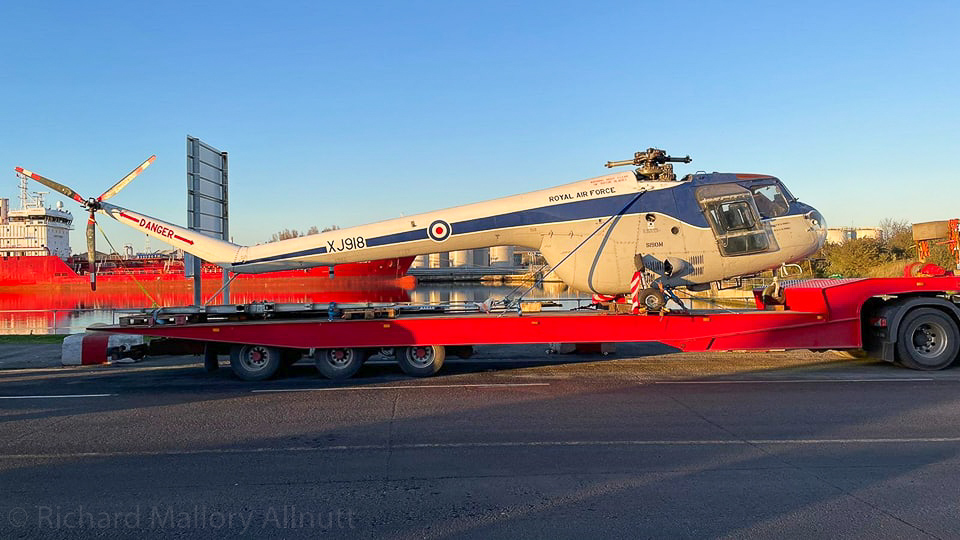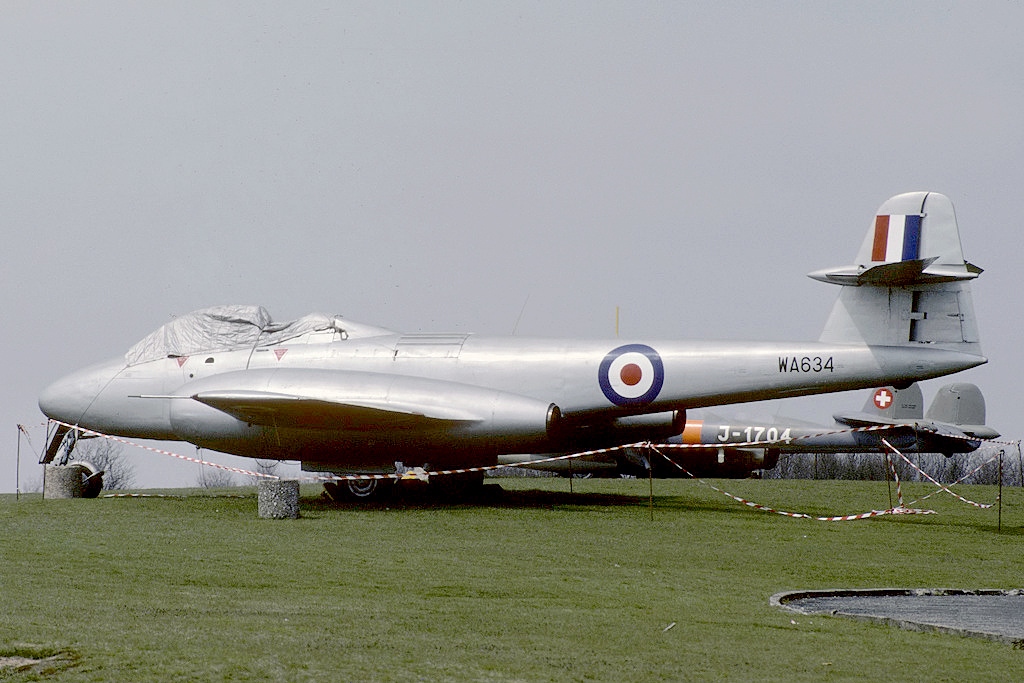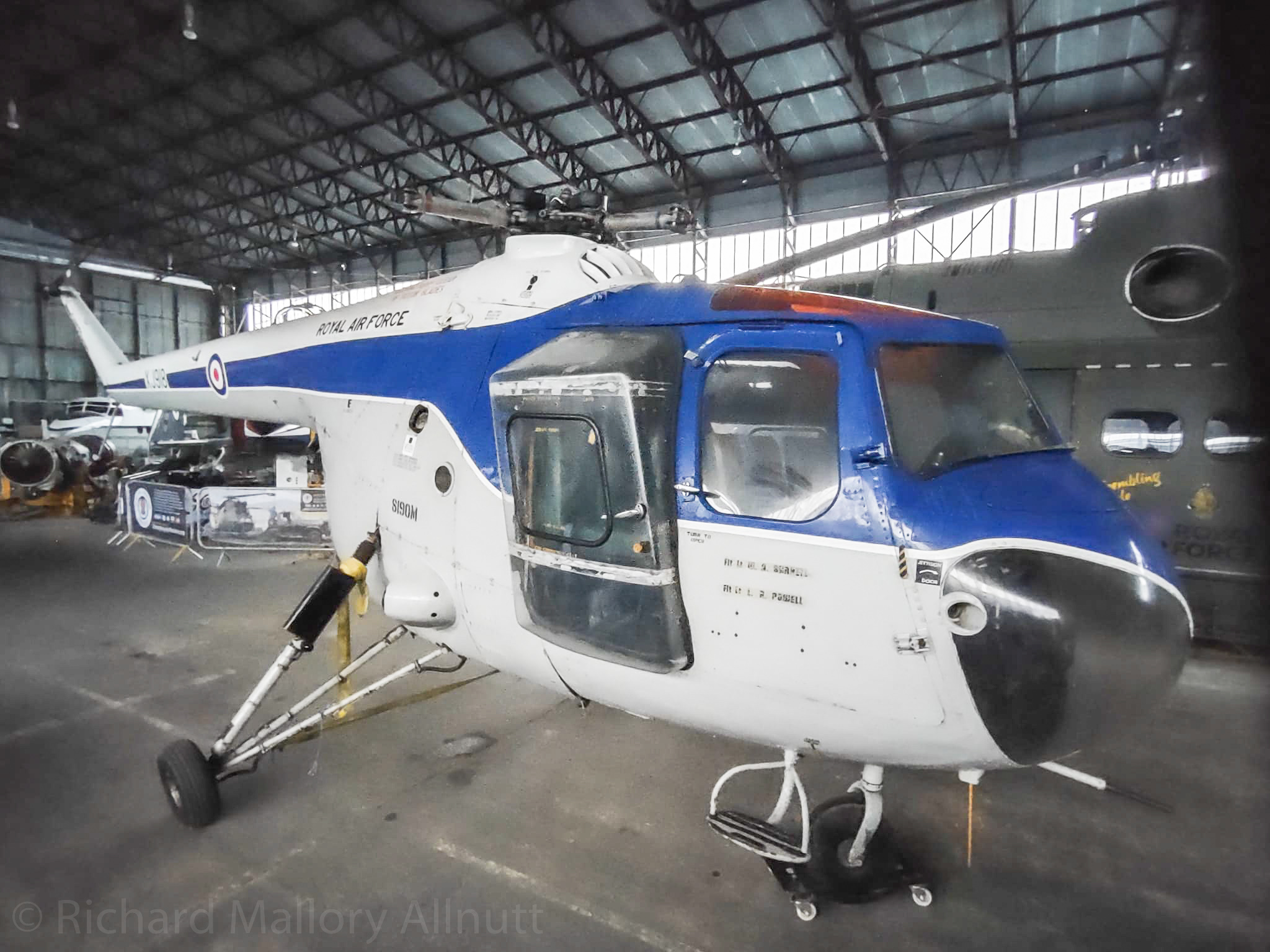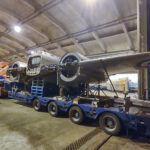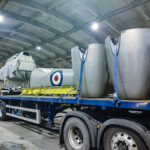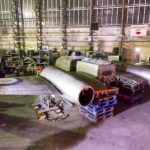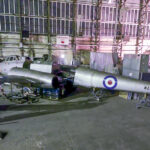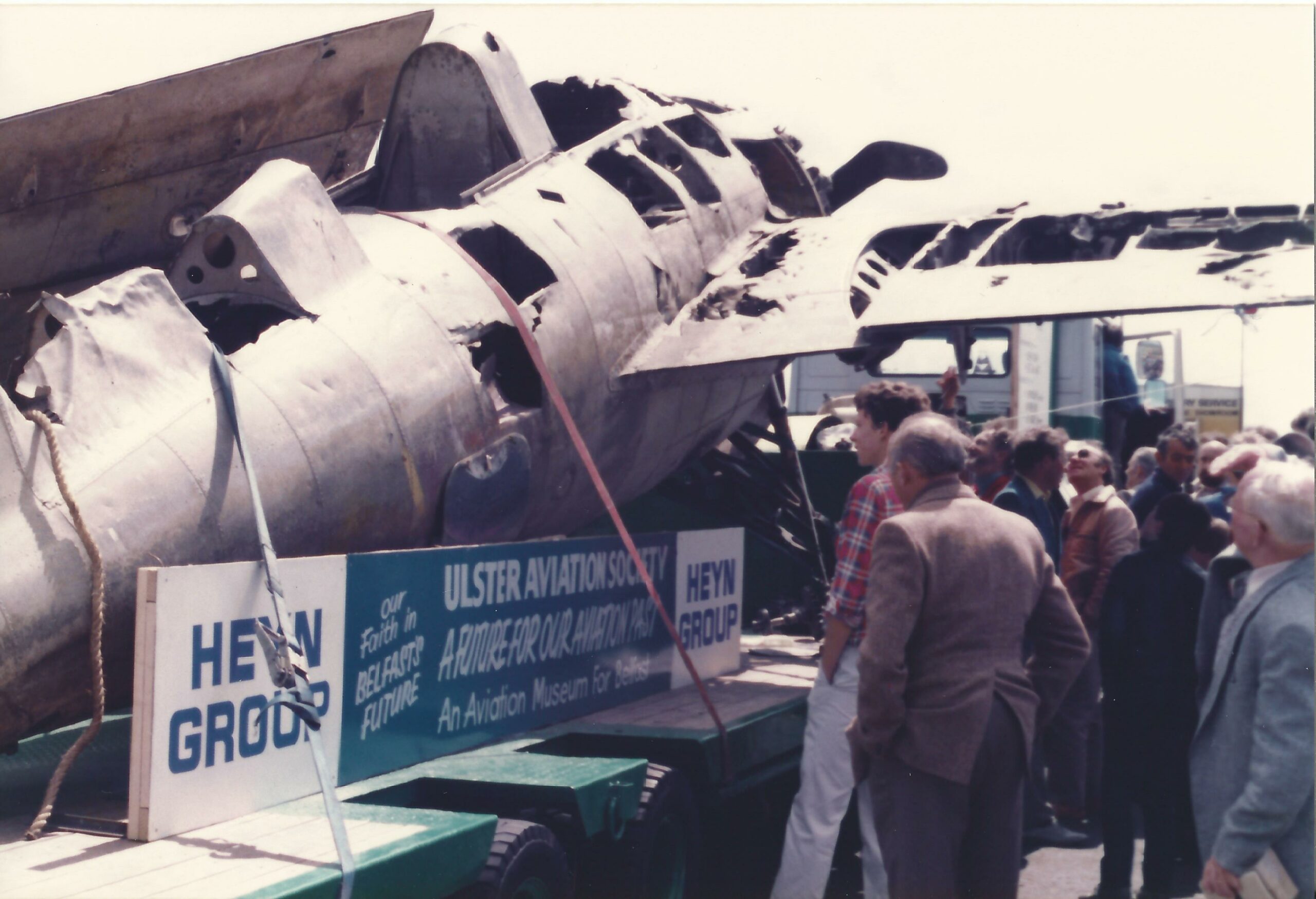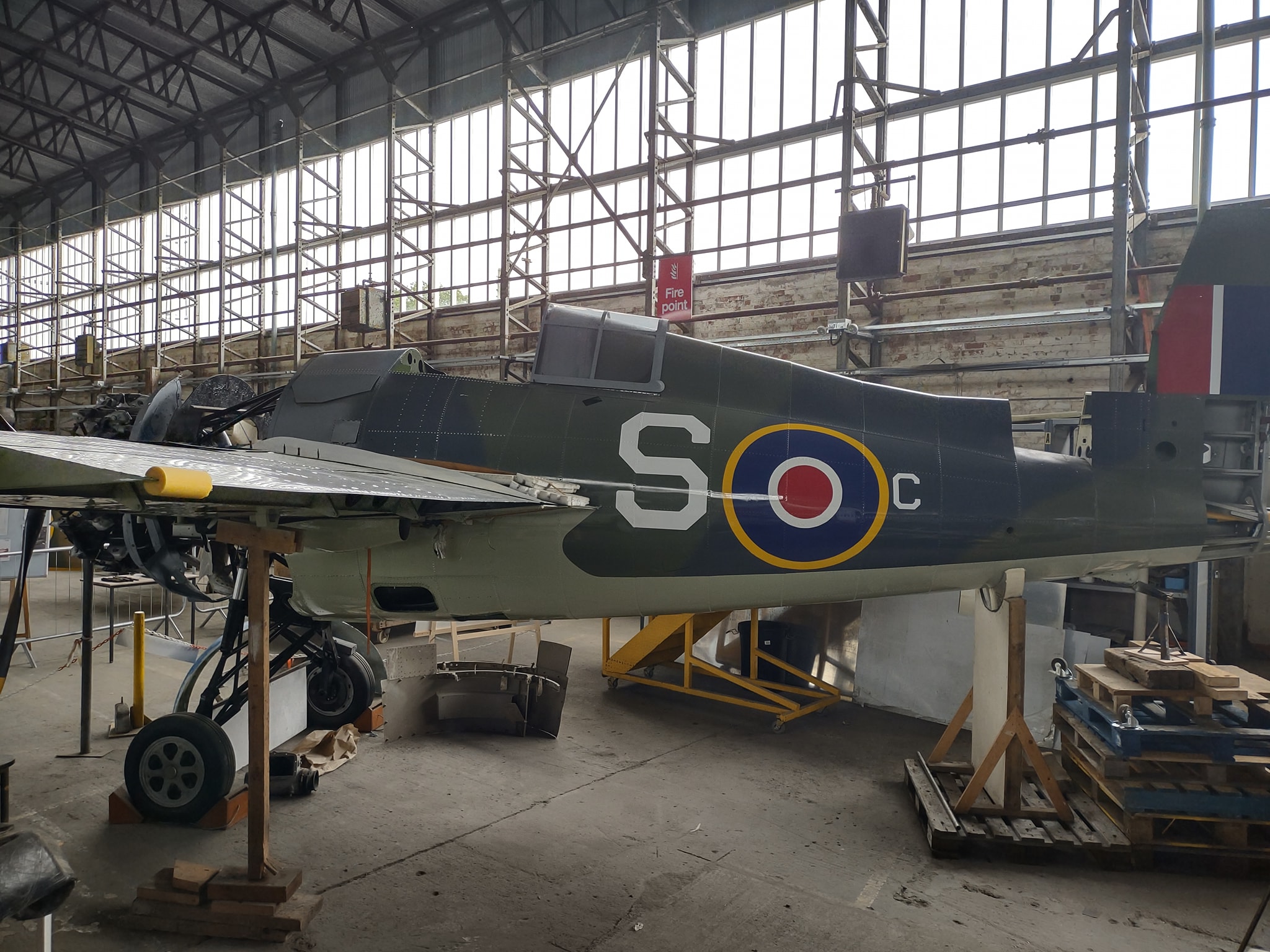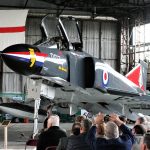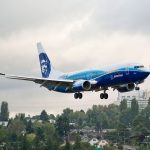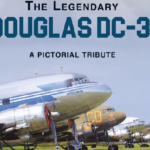by Richard Mallory Allnutt
The Ulster Aviation Society is the latest collection to benefit from the Royal Air Force Museum’s 2021 decision to deaccession a number of its airframes. They took delivery of two significant artifacts this past week: Gloster Meteor T.7 (mod) WA634 and Bristol Sycamore HR.14 XJ918. The Ulster Aviation Society houses an impressive collection of vintage aircraft within a pair of WWII-era hangars at what was once RAF Station Long Kesh on the outskirts of Lisburn in Northern Ireland.
The two airframes made the journey by road and sea from their former home at RAF Museum Midlands (formerly RAFM Cosford) in Shropshire. While the Sycamore fitted aboard a single low-loader without the need for disassembly (except for the removal of its main rotor blades), the Meteor was a different story, and had to be broken down into its main components, spread across two different vehicles.
The Sycamore has an interesting history. The Bristol Aircraft Company completed the helicopter at their plant in Filton during December, 1956. It first served in the Search and Rescue role, taking up residence with No.275 Squadron of RAF Fighter Command, then based at RAF Thornaby in Yorkshire. Loaned to the Aeroplane & Armament Experimental Establishment at RAF Boscombe Down for trials work in July, 1959, the Sycamore journeyed out to what was then known as Malaya to evaluate a new rotor blade design for the type, which had experienced a number of accidents in the tropical climate there. Following a series of successful trials with the new blades, the helicopter then joined No.110 Squadron, an operational unit flying patrols and support missions during the last months of the Malaya Emergency (Operation Firedog) from RAF Butterworth. The unit moved to the Sultanate of Brunei on Borneo during 1962, helping quell border disputes and other clashes over the next few years. While Sycamores were withdrawn from front line service in 1964, XJ918 remained with another example (XL821) for a period at RAF Selatar, Singapore to serve as the personal rotary wing transport for the RAF Far East Air Force commander. The helicopter returned to Britain in June 1965 and bounced between Maintenance Units and Communication Flights at various stations around the Kingdom until retired to No.2 School of Technical Training at RAF Cosford in December, 1971 (when it gained the maintenance serial, 8190M). The airframe joined the RAF Museum circa 1983, and remained at Cosford until its most recent move to Northern Ireland.
Gloster Meteor T.7 (mod) WA634 also has an unusual history. The Gloster Aircraft Company built WA634 at their factory in Hucclecote, Glostershire during the latter part of 1949. The aircraft did not immediately join the RAF, but rather served as a trials airframe with Glosters for the first year or so of its flying career. The RAF allotted the aircraft to the Aeroplane & Armament Experimental Establishment (A&AEE) in March, 1951, but it initially remained with Glosters until moving to Boscombe Down that April. The A&AEE sent the airframe off to Khartoum in the Sudan for hot weather trials soon after. Following its return to Britain that summer, the aircraft again returned to Glosters for additional trials work, and then, in January, 1952, the Martin Baker Aircraft Company received the airframe on loan to serve as a trials aircraft for their ejection seat tests. This is when the Meteor underwent conversion to become a T.7 (mod) which involved significant modifications to the rear cockpit and canopy (for the ejection seat testing) and the replacement of its rear fuselage with a unit from a Meteor Mk.8 due to some lateral stability issues at higher airspeeds. All in all, between July 1952 and December 1967, Martin Baker conducted roughly 700 ejection seat trials with WA634. This included the first live, ground-level test in September, 1955 when Squadron Leader John S. Fifield D.F.C A.F.C was safely booted out of the rear seat with the aircraft roaring down the runway at 120mph. The aircraft also performed ejection seat demonstrations in front of the public during that time as well, including a runway ejection during the Hanover Airshow at Langenhagen Airport when a German named Rolf Bullwinkel launched out of the rear cockpit! Oddities aside, this aircraft performed a vital role in the development of ejection seat technology, and must surely be credited with helping save the lives of countless aircrew since its flying days. It will make for a fascinating exhibit within the Ulster Aviation Society’s collection, and will likely garner far more of the attention it deserves for its service than it might have at Cosford, where its important story struggled to compete against a multitude of perhaps more glamorous types.
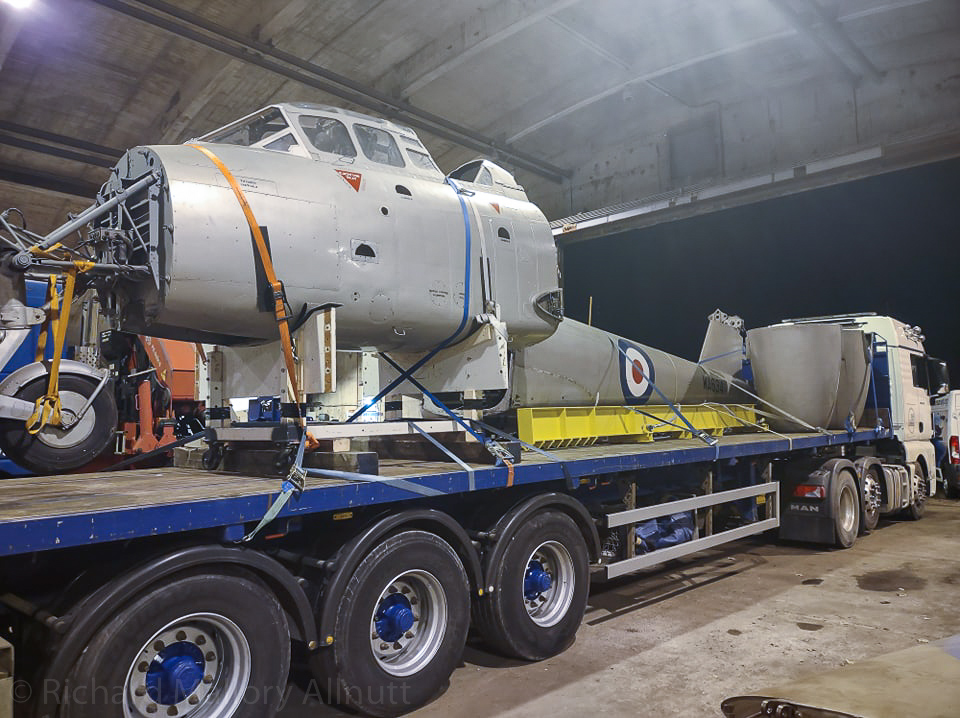
The Ulster Aviation Society maintains about three dozen historic aircraft in its collection, and has a marvelous, dedicated team maintaining them. They also have an active workshop with an impressive track record. One of the more important restorations they have completed in recent years includes a now very rare, former Royal Navy McDonnell Douglas Phantom II FG.1 (XT864). A member of XT864’s restoration crew, Ian Hendry, wrote a fine piece describing that effort for us soon after its completion. The team also has an even rarer type under long term restoration as well, this being a unique, former Royal Navy FM-1 Wildcat Mk.V (JV482), recovered substantially intact from a local lake during April, 1984. The restoration of this airframe has taken substantial effort, but it is now in an advanced state of repair, and already looks magnificent in its WWII livery (courtesy of Ian Hendry’s skills as a master-painter).
Those wishing to help this important museum should click HERE to find out how.
There is an excellent video from the BBC (below) describing how the Wildcat ended up in Portmore Lough on Christmas Eve, 1944 and then how the Ulster Aviation Society both recovered and set about restoring the historic aircraft.








